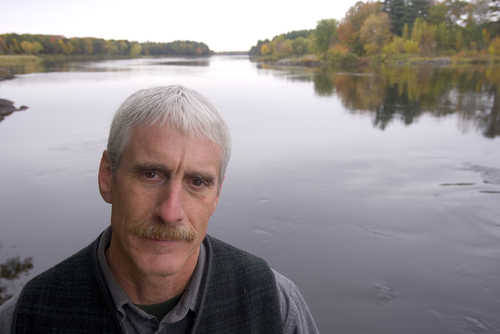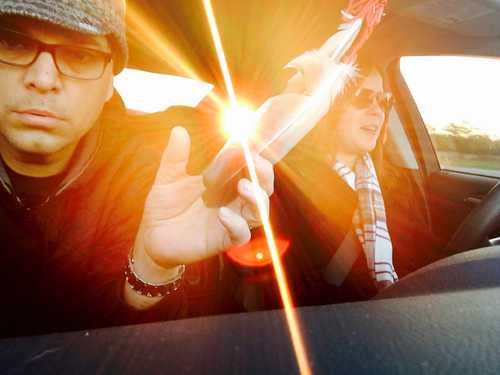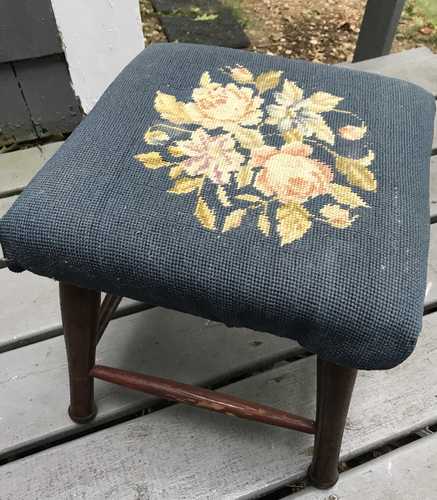Keywords: Material culture
Item 152234
Contributed by: Maine Historical Society
Date: circa 1790
Media: Pewter
This record contains 3 images.
Item 80714
Contributed by: Abbe Museum Date: circa 1880 Media: Wool, silk, glass beads
Exhibit
Holding up the Sky: Wabanaki people, culture, history, and art
Learn about Native diplomacy and obligation by exploring 13,000 years of Wabanaki residence in Maine through 17th century treaties, historic items, and contemporary artworks—from ash baskets to high fashion. Wabanaki voices contextualize present-day relevance and repercussions of 400 years of shared histories between Wabanakis and settlers to their region.
Exhibit
For one hundred years, Acadia National Park has captured the American imagination and stood as the most recognizable symbol of Maine’s important natural history and identity. This exhibit highlights Maine Memory content relating to Acadia and Mount Desert Island.
Site Page
View collections, facts, and contact information for this Contributing Partner.
Site Page
Maine Folklife Center, University of Maine
View collections, facts, and contact information for this Contributing Partner.
Story
Restoring the Penobscot River
by John Banks
My role as the Director of the Department of Natural Resources for the Penobscot Indian Nation
Story
Decontie and Brown's venture in high fashion design
by Decontie and Brown
Penobscot haute couture designs from Bangor
Lesson Plan
What Remains: Learning about Maine Populations through Burial Customs
Grade Level: 6-8
Content Area: English Language Arts, Social Studies, Visual & Performing Arts
This lesson plan will give students an overview of how burial sites and gravestone material culture can assist historians and archaeologists in discovering information about people and migration over time. Students will learn how new scholarship can help to dispel harmful archaeological myths, look into the roles of religion and ethnicity in early Maine and New England immigrant and colonial settlements, and discover how to track changes in population and social values from the 1600s to early 1900s based on gravestone iconography and epitaphs.
Lesson Plan
Grade Level: 3-5, 6-8, 9-12
Content Area: Social Studies, Visual & Performing Arts
"In the four quarters of the globe, who reads an American book?" Englishman Sydney Smith's 1820 sneer irked Americans, especially writers such as Irving, Cooper, Hawthorne, and Maine's John Neal, until Henry Wadsworth Longfellow's resounding popularity successfully rebuffed the question. The Bowdoin educated Portland native became the America's first superstar poet, paradoxically loved especially in Britain, even memorialized at Westminster Abbey. He achieved international celebrity with about forty books or translations to his credit between 1830 and 1884, and, like superstars today, his public craved pictures of him. His publishers consequently commissioned Longfellow's portrait more often than his family, and he sat for dozens of original paintings, drawings, and photos during his lifetime, as well as sculptures. Engravers and lithographers printed replicas of the originals as book frontispiece, as illustrations for magazine or newspaper articles, and as post cards or "cabinet" cards handed out to admirers, often autographed. After the poet's death, illustrators continued commercial production of his image for new editions of his writings and coloring books or games such as "Authors," and sculptors commemorated him with busts in Longfellow Schools or full-length figures in town squares. On the simple basis of quantity, the number of reproductions of the Maine native's image arguably marks him as the country's best-known nineteenth century writer. TEACHERS can use this presentation to discuss these themes in art, history, English, or humanities classes, or to lead into the following LESSON PLANS. The plans aim for any 9-12 high school studio art class, but they can also be used in any humanities course, such as literature or history. They can be adapted readily for grades 3-8 as well by modifying instructional language, evaluation rubrics, and targeted Maine Learning Results and by selecting materials for appropriate age level.















